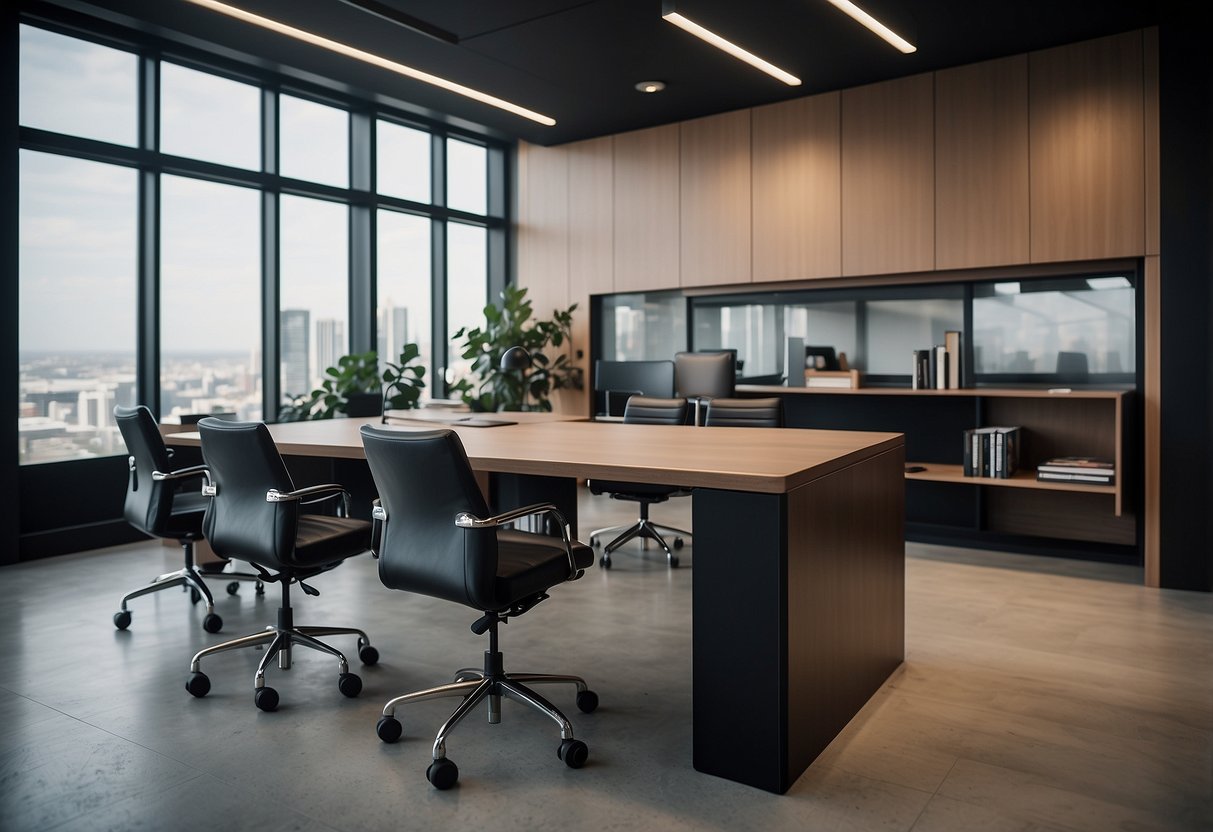
Accessorizing Your Professional Look
Choosing the right accessories is crucial for enhancing your professional image. From selecting the perfect tie to incorporating tasteful jewelry, these small details can make a significant impact on your personal brand.
Selecting Ties, Cuff Links, and Pocket Squares
Ties are a staple accessory in professional attire. It’s important to choose ties that complement your suit in both color and pattern. A solid tie with a subtle sheen works well for formal settings, while a patterned tie can add some flair without being too bold. Silk ties are often preferred for their quality and appearance.
Cuff links, though small, can add a touch of sophistication to your outfit. Opt for cuff links that reflect your personal style but remain conservative enough for the office. Simple metallic designs or understated stones are usually safe choices.
Pocket squares offer a way to introduce a bit of personality to your look. They should complement, not match, your tie. A white pocket square folded neatly is classic and works with almost any suit. For a bit more character, experiment with different folds and patterns that subtly enhance your ensemble.
Incorporating Jewelry and Personal Touches Appropriately
Jewelry in the workplace should be minimal and tasteful. For men, a classic wristwatch is a timeless choice that adds elegance without being overwhelming. Avoid overly flashy or large designs that can distract from your professional image.
Women can incorporate jewelry more freely but should still aim for understated elegance. Simple earrings, a delicate necklace, and a refined bracelet can add a polished touch. It’s best to avoid overly large or noisy jewelry that may be disruptive.
Personal touches, like a unique tie clip or a distinctive yet subtle lapel pin, can also contribute positively to your personal brand. These items should be used sparingly and chosen carefully to ensure they complement rather than clash with your overall outfit.
Grooming and Personal Appearance
Attention to grooming and personal appearance is vital in a professional setting. A polished look can make a strong first impression and signal competence and attention to detail.
Hair and Makeup Tips for a Professional Setting
Hair should be clean, well-maintained, and styled in a manner that suits the workplace environment. For men, short, neatly trimmed hairstyles are generally preferred, while longer styles should be kept tidy. Women might opt for polished hairstyles, such as a neat ponytail, bun, or controlled curls.
Makeup, if worn, should enhance the natural features without being overly dramatic. Neutral tones for foundation, blush, and eyeshadow can provide a professional look. Avoid bold colors that can be distracting or appear unprofessional. Lipstick should be in shades that complement the skin tone but steer clear of overly bright hues.
Maintaining personal hygiene, including regular haircuts and appropriate use of products, contributes to a professional appearance. Nails must be clean and trimmed, with any polish kept in subtle shades.
Managing Tattoos and Piercings in the Workplace
Tattoos and piercings should be managed according to the company’s dress code. Some workplaces may be more accepting, while others may prefer them to be covered. It’s wise to know the company’s policy before showing visible tattoos or body piercings.
In a conservative environment, covering tattoos with clothing or makeup might be necessary. For piercings, small, discreet jewelry is more likely to be acceptable, but large or multiple piercings could be seen as unprofessional.
Understanding and adhering to the workplace guidelines regarding tattoos and piercings reflects attention to detail and respect for the corporate culture. This helps maintain a professional image and shows readiness to dress professionally, aligning personal style with workplace expectations.



